GHRP-2 – Potent Ghrelin Receptor Agonist & Growth Hormone Secretagogue
Chemical Identity
Chemical Name: Growth Hormone Releasing Peptide-2 Acetate
Molecular Formula: C₄₅H₅₅N₉O₆
Molecular Weight: ~817.0 Da
CAS Number: 158861-67-7
Sequence: D-Ala-D-2-Nal-Ala-Trp-D-Phe-Lys-NH2
Structure Type: Synthetic hexapeptide; high-affinity agonist of GHSR-1a (ghrelin receptor)
Pharmacological Classification
GHRP-2 is a **second-generation growth hormone secretagogue (GHS)** that potently activates the **GHSR-1a (ghrelin receptor)** to stimulate robust, pulsatile growth hormone release. It is structurally related to GHRP-6 but exhibits higher GH-releasing potency and receptor affinity, with a reduced orexigenic profile.
Mechanism of Action
- GHSR-1a Binding: Activates Gq and Gi/o-linked pathways in pituitary somatotrophs and hypothalamic neurons.
- GH Pulse Amplification: Promotes rapid GH secretion, especially when co-administered with GHRH analogs.
- Minimal Orexigenic Effect: Unlike GHRP-6, GHRP-2 has reduced appetite stimulation, making it preferable in contexts where GH elevation is desired without hyperphagia.
β-Arrestin Recruitment
GHRP-2 demonstrates **moderate β-arrestin recruitment**, higher than Ipamorelin but generally lower than ghrelin itself. This facilitates potent receptor activation with some potential for desensitization over prolonged use. It exhibits less receptor bias than Ipamorelin, but more than GHRP-6.
GHSR-1a Ligand Bias Comparison
| Ligand | GH Release | β-Arrestin Recruitment | Desensitization Risk |
|---|---|---|---|
| Ghrelin | Strong | High | High |
| GHRP-6 | Strong | Moderate–High | Moderate |
| GHRP-2 | Very Strong | Moderate | Moderate |
| Ipamorelin | Moderate–Strong | Low | Low |
Pharmacokinetics (Non-Dosing)
- Half-Life: ~30 minutes (short-acting)
- Onset: Rapid GH pulse within ~15 minutes of administration
- Clearance: Renal and enzymatic hydrolysis via peptidases
Biological Effects
Rapidly increases circulating GH and IGF-1, promotes muscle preservation, and accelerates post-injury recovery in rodent models. Unlike GHRP-6, it exhibits only mild orexigenic effects. Some studies report transient elevations in prolactin or ACTH under certain dosing regimens.
Stability and Storage
- Form: Lyophilized peptide acetate salt
- Solubility: Water, dilute acetic acid, 0.01 M HCl
- Storage: –20°C; dry, light-protected conditions
- Reconstitution pH: 4.5–6.0 recommended for optimal peptide integrity
References
- Smith RG, et al. Endocr Rev. 1997;18(5):621–645.
- Muller EE, Locatelli V. Endocr Dev. 2010;17:9–21.
- van der Lely AJ, et al. Eur J Endocrinol. 2004;151(Suppl 1):S1–S9.
- Camargos ST, et al. J Pediatr Endocrinol Metab. 2010;23(11):1133–1142.





